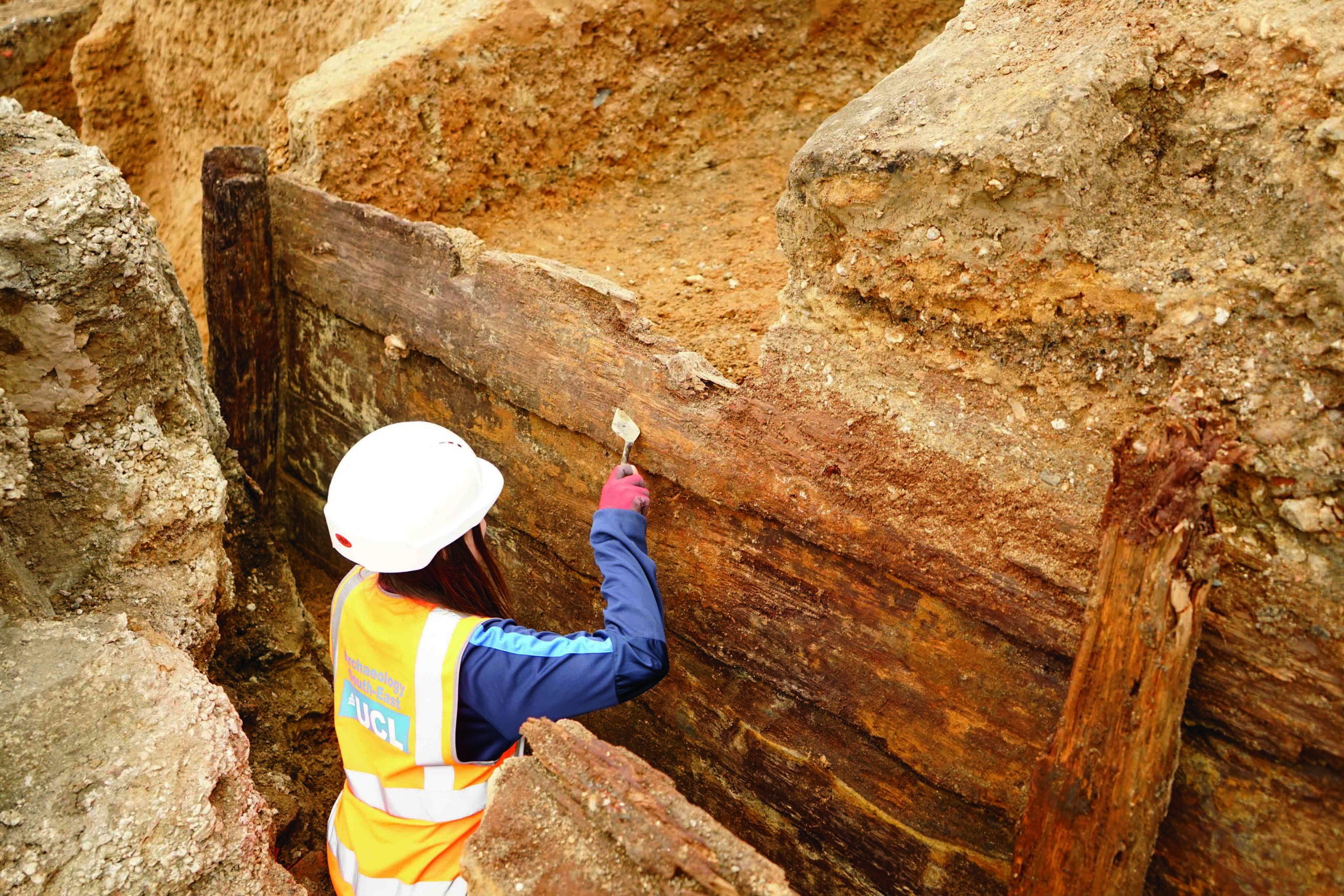PISA, ITALY—Multi-illumination hyperspectral extraction (MHX) has been used to reveal previously unseen details in 2,500-year-old Etruscan tomb paintings, according to a Live Science report. Gloria Adinolfi of Pegaso Srl Archeologia Arte Archeometria said that some colors in the paintings have faded, while others have survived, resulting in distorted images. In particular, reds tend to outlast greens, she explained. To get an idea of what the paintings originally looked like, images of the artworks were taken in visible, infrared, and ultraviolet bands of light. The data were then processed with statistical algorithms. Vincenzo Palleschi of Italy’s National Research Council said the researchers detected the presence of Egyptian blue, which has a very specific response in a single spectral band, in addition to other colors. Using this information, the team members were able to reveal the previously unknown image of a person carrying an object in the Tomb of the Monkey, which was named for its image of a monkey sitting in a tree in a background that had just been seen as a red blur. To read about the impressive burial of an Etruscan noble family unearthed at the site of Vulci, go to "The Tomb of the Silver Hands."
New Colors Revealed in Etruscan Tomb Paintings
News March 1, 2021
Recommended Articles
Features July/August 2025
Italy’s Garden of Monsters
Why did a Renaissance duke fill his wooded park with gargantuan stone sculptures?
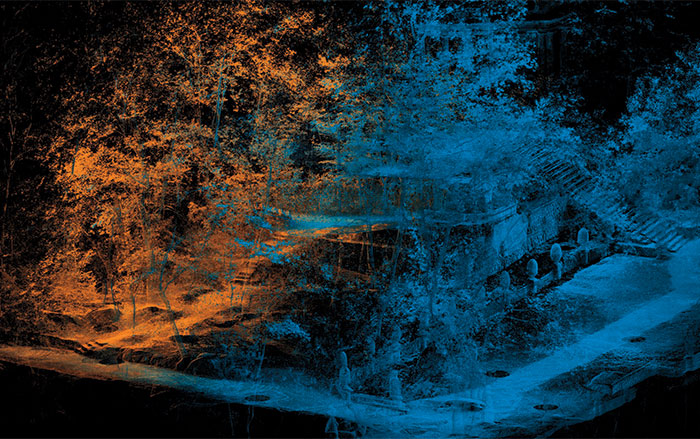
Artifacts July/August 2024
Etruscan Oil Lamp

Digs & Discoveries January/February 2023
Etruscan Burial Crown
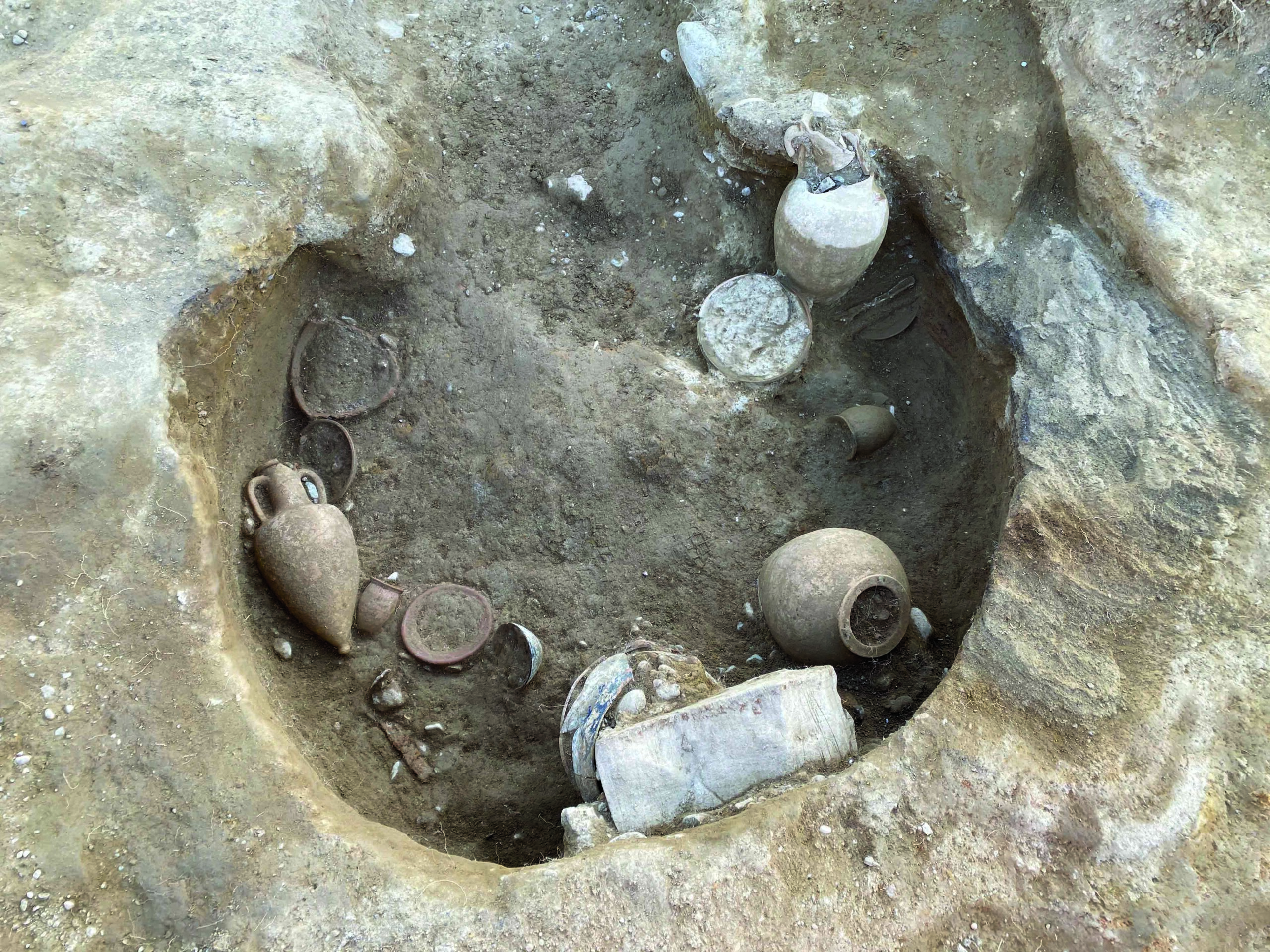
Digs & Discoveries November/December 2017
Itinerant Etruscan Beekeepers

-
 (Pasquale Sorrentino)
(Pasquale Sorrentino) -
Features January/February 2021
Return to the River
Members of Virginia’s Rappahannock tribe are at work with archaeologists to document the landscape they call home
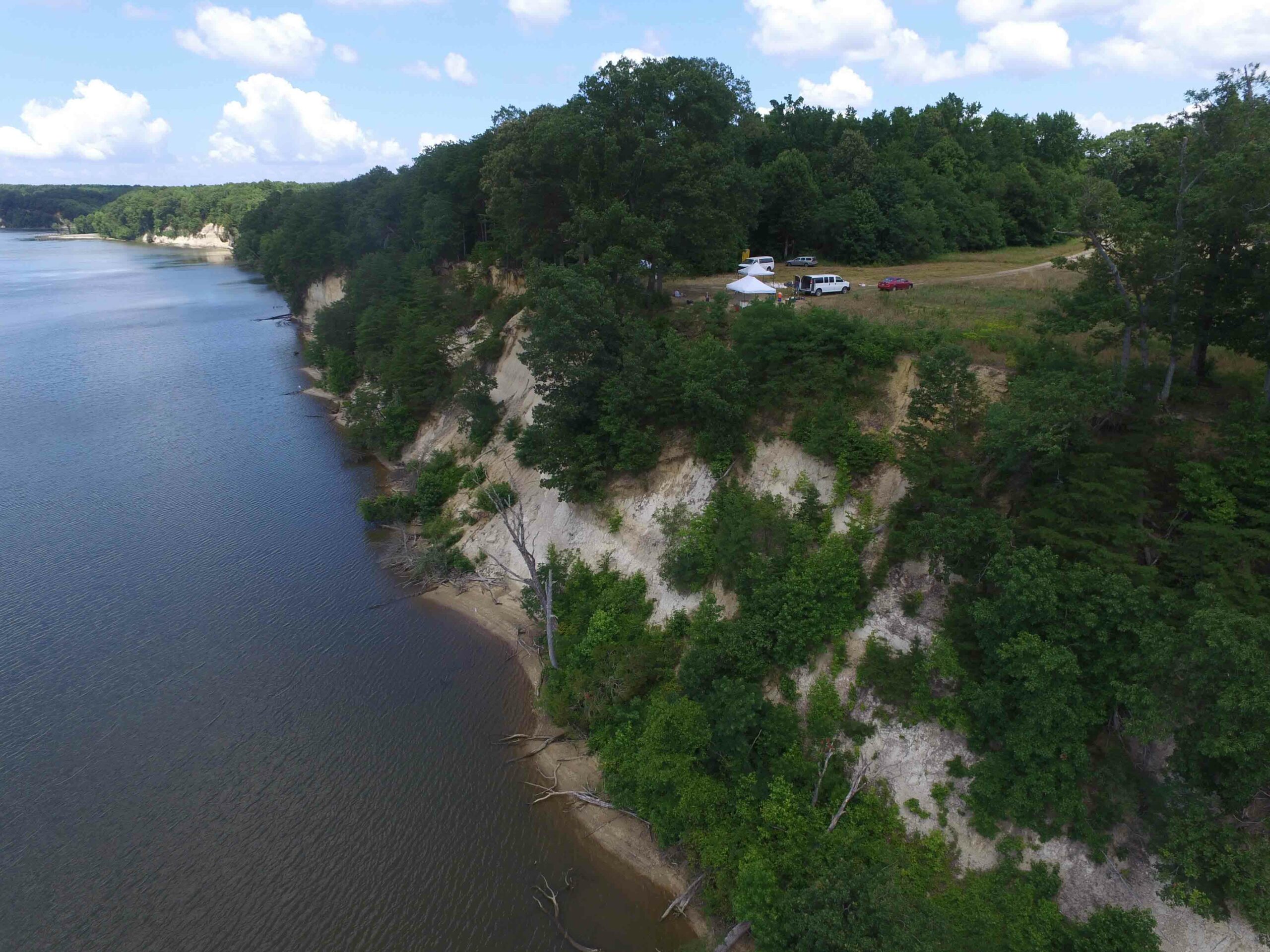 (Courtesy Julia King)
(Courtesy Julia King) -
Letter from Woodhenge January/February 2021
Stonehenge's Continental Cousin
A 4,000-year-old ringed sanctuary reveals a German village’s surprising connections with Britain
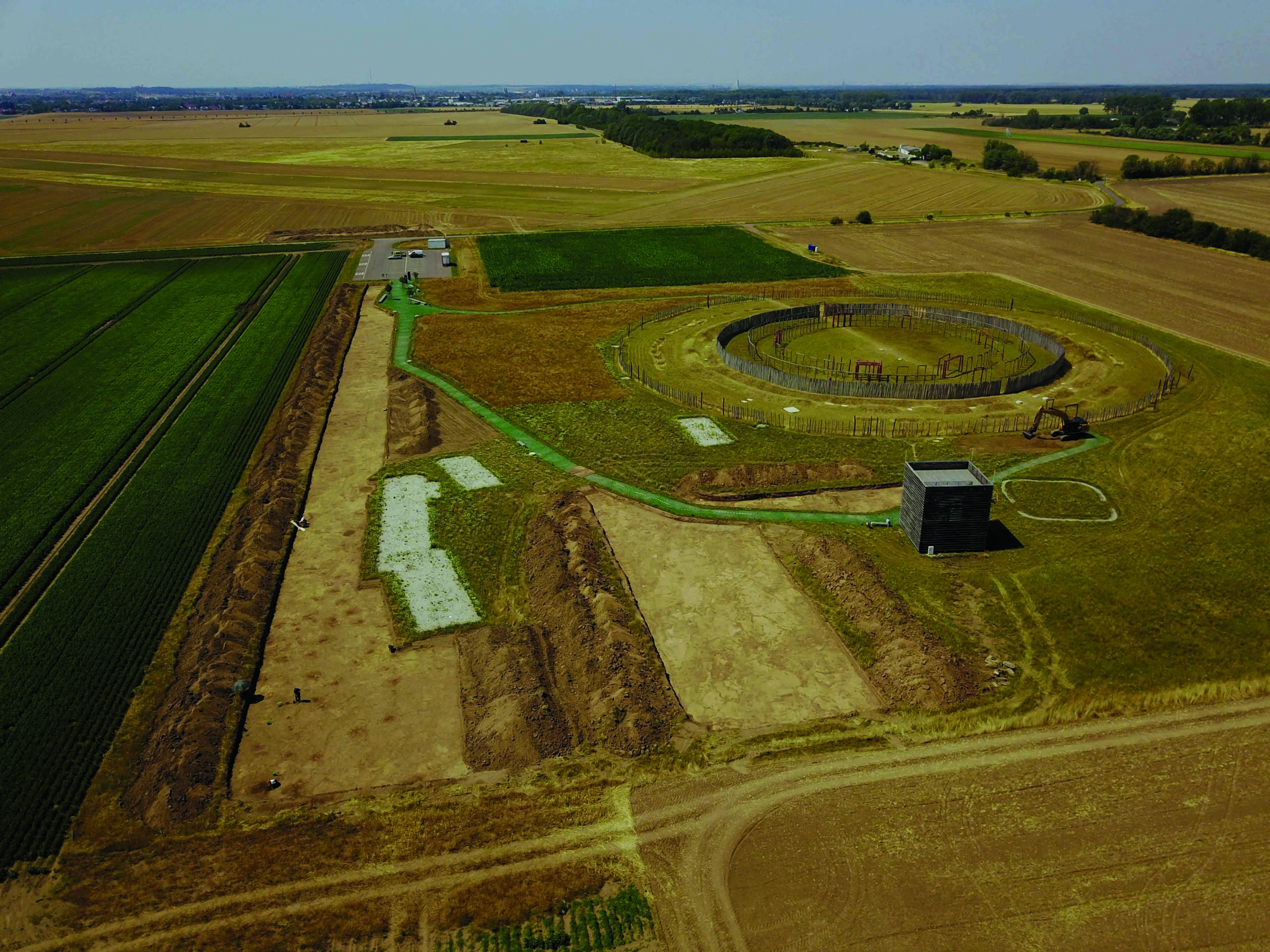 (Photo Matthias Zirn)
(Photo Matthias Zirn) -
Artifacts January/February 2021
Inca Box with Votive Offerings
 (Courtesy Teddy Seguin/Université Libre de Bruxelles)
(Courtesy Teddy Seguin/Université Libre de Bruxelles)


